Conditions We Treat
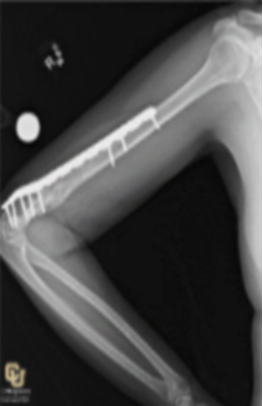 Bone Malunions or Bone Nonunions
Bone Malunions or Bone Nonunions
When a bone does not heal as expected after a surgery or traumatic fracture, it is called a delayed union or a nonunion fracture. A bone or fracture malunion occurs when a bone heals in an inappropriate position after a fracture that is not treated properly and joins incorrectly. Fracture malunions and fracture nonunions can cause severe pain and limited function, necessitating treatment by our orthopedic traumatology specialists. A nonunion or malunion can occur anywhere but commonly occurs in the femur, tibia, and humerus. Click to learn more about what causes a nonunion or malunion, and how they are treated.
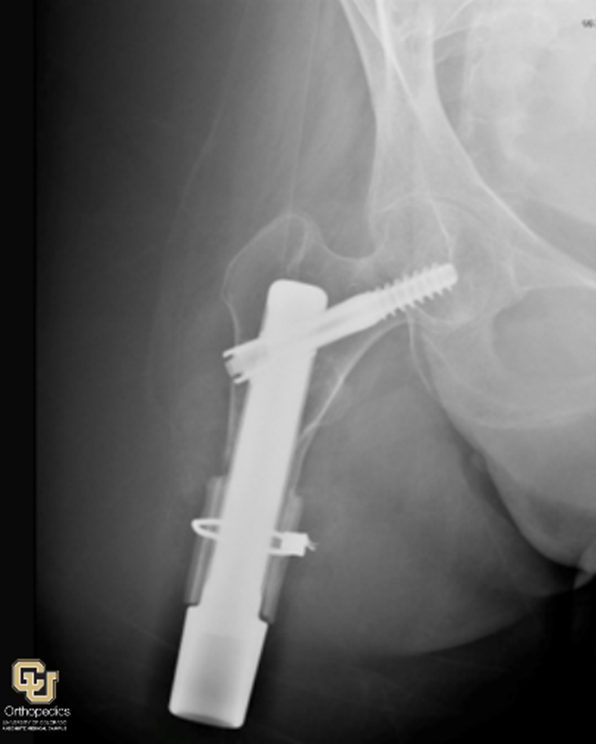 Amputation and Osseointegration Surgery in Amputees
Amputation and Osseointegration Surgery in Amputees
When a limb is no longer functional due to disease or trauma, an amputation may be the best option to restore health and preserve quality of life. We provide the highest quality amputee care from surgery through rehabilitation. We also offer corrective surgery for post-amputation deformity and osseointegration surgery for existing amputees. Osseointegration is an advanced reconstructive surgery technique for amputees that eliminates the need for a traditional prosthesis. Learn more about our osseointegration program here.
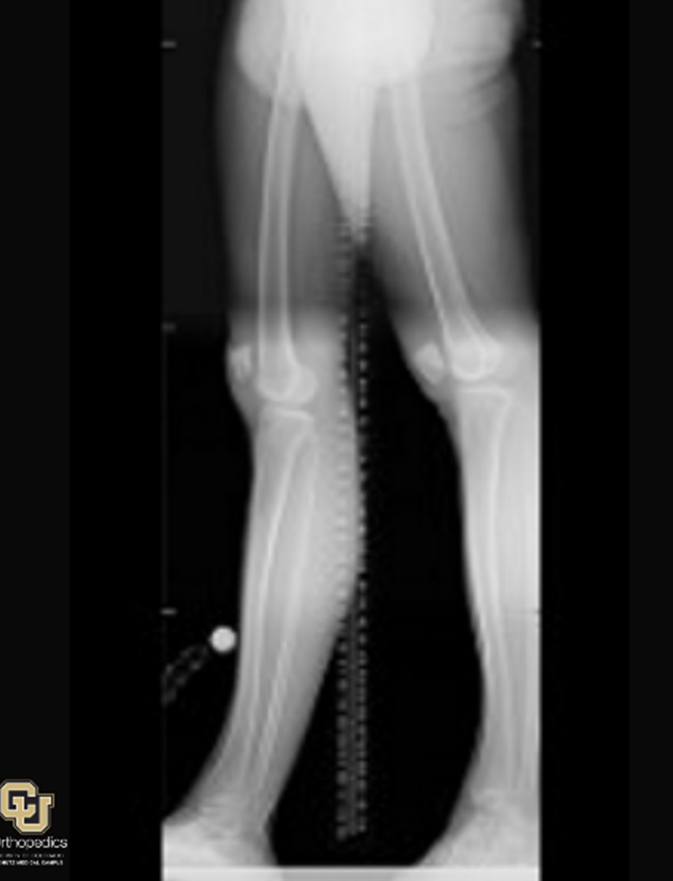 Bone or Limb Deformities
Bone or Limb Deformities
An orthopedic bone or limb deformity is a bone that is twisted or bent in a way that is not normal. Deformities can happen at birth (congenital), but can also be caused by a disease, a health condition such as arthritis, or a traumatic injury. Common bone deformities include bowlegs (genu varum or genu varus) and knockknees (genu valgum or genu valgus). Genu varum (or genu varus, singular) is a rotational abnormality where the leg or bone is rotated outwards, while genu valgum (genu valgus, singular) occurs when the leg or bone is rotated inwards. Other examples of limb deformities include miserable malalignment and joint contractures due to arthrogryposis. Depending on the severity of the deformity, the bone can be corrected in a single procedure or require multiple surgeries. Click here to learn more about bowlegs, knock knees, and other limb deformities.
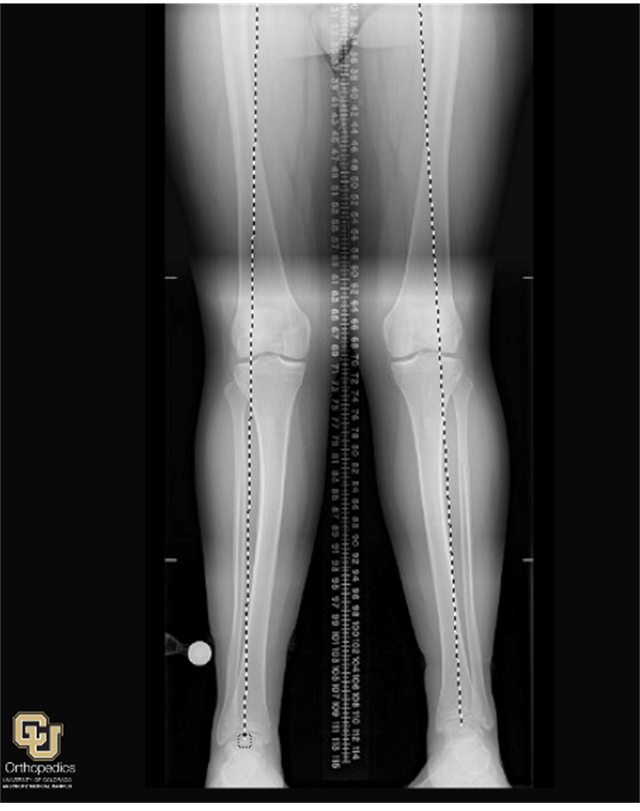 Congenital Conditions
Congenital Conditions
A congenital limb malformation is a bone or limb deformity that occurs at birth, sometimes resulting in an altered stature. For example, many skeletal dysplasias and growth abnormalities in children can cause unequal limb length as an adult. A fracture through the growth center near the end of the bone can affect the ability of the bone to grow at a normal rate. An example of a congenital limb malformation is a rotational abnormality, such as being pigeon-toed (in-toeing). Limb defects, limb differences, and limb abnormalities are all terms for arms or legs that have not formed correctly.
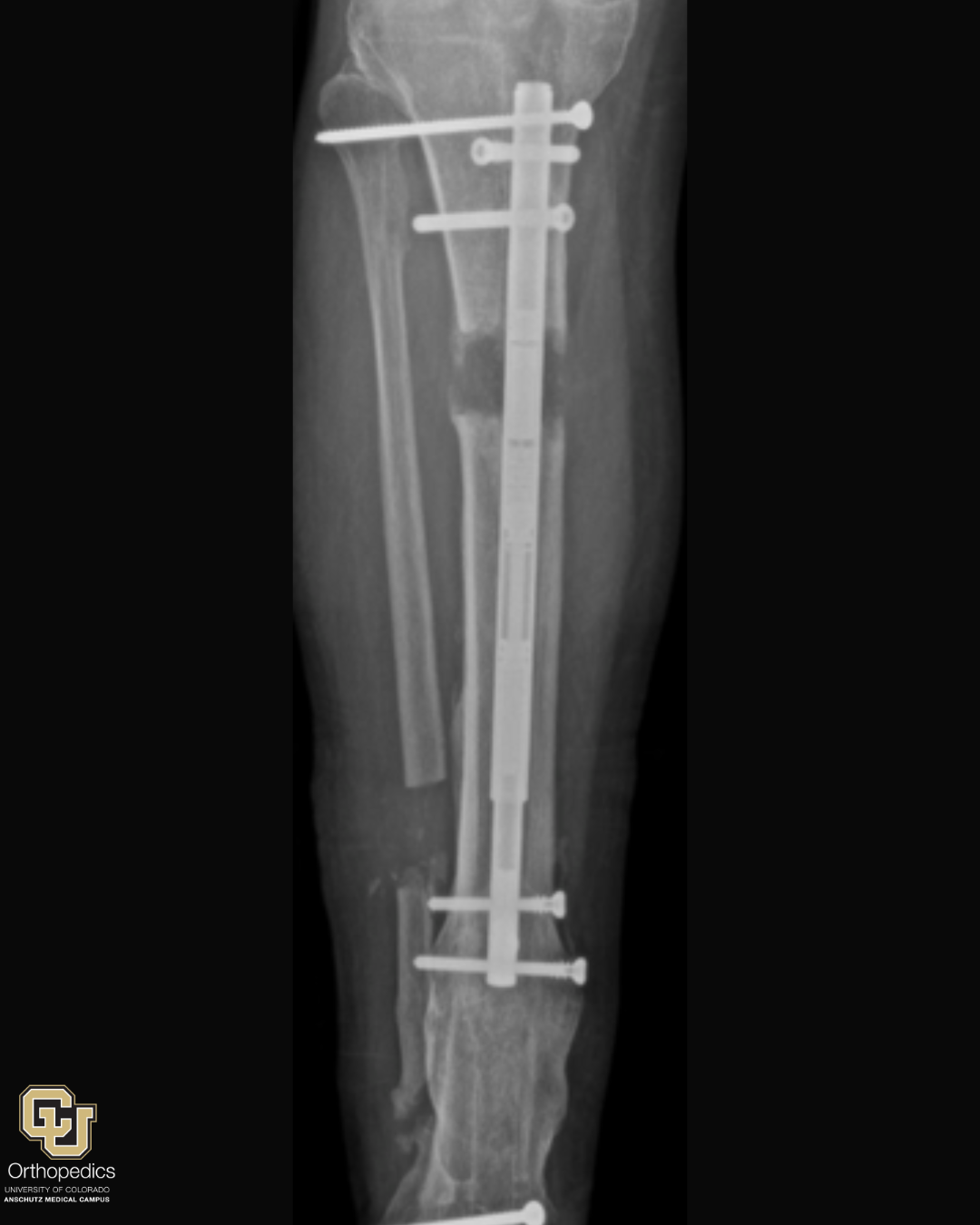 Limb Length Discrepancies and Bone Transport Surgery
Limb Length Discrepancies and Bone Transport Surgery
Differences between the lengths of arms or legs are called limb length discrepancies. Typically, unless there is an extreme difference, differences in arm lengths cause little to no problems or loss of function. A difference in leg length (leg length discrepancy), however, can cause significant difficulty. There are normal variations in leg length in any given population, but greater differences may require surgical intervention to restore the quality of life. Limb length discrepancies can be caused by conditions such as anatomic differences, prior fractures, and growth plate injuries.
Bone transport surgery is a surgical procedure to grow new bone in an area where it is missing. Bone may be removed due to disease, trauma, or infection and need to be regrown. During bone transport surgery, an osteotomy (a cut made into a bone) will be made, leaving a section of bone that can be moved. The section will be slowly moved as new bone is grown and held in place by internal nails or an external ring fixation system. After a certain amount of time, the bone will have regrown itself and become whole.
Bone and Soft Tissue Tumors
Tumors develop when cells divide at an uncontrolled rate, forming a lump or mass of abnormal tissue. The masses can be either benign (not harmful) or malignant (cancerous). If the tumor has not spread to other parts of the body, it can sometimes be removed through surgery. Our program treats tumors in bones and the soft tissue of the limbs.
Orthopedic Bone Infections (Osteomyelitis)
Osteomyelitis is a bone infection caused by bacteria or fungi, which causes the bone to have inflammation and swelling. Infections in other parts of the body can also cause osteomyelitis. Osteomyelitis can be caused by a traumatic injury to a bone or be caused by underlying conditions such as an autoimmune disease or immune suppression. People with total joint replacements are at increased risk for osteomyelitis in the joint that has been replaced. We also treat prosthetic joint infections, atypical joint infections, and soft tissue infections. Common symptoms of osteomyelitis include pain, fever, and chills. Treatment of osteomyelitis involves antibiotics to treat the bone infection and sometimes requires surgery.
Other conditions we treat
- Chronic wounds and wounds requiring free flap coverage
- Peripheral nerve/brachial plexus surgery
- Vascular diseases putting extremities at risk
- Severe traumatic injuries
- Tarsal Tunnel Syndrome
- Stature correction
- Limbs requiring amputation
If you are experiencing one of the conditions above or another condition that is affecting your limbs or has caused you limb loss, please contact our Limb Restoration Nurse Navigator to discuss your health.